Places and Directions

To describe places and give directions, we use prepositions of place (
1. Vocabulary:
2. Prepositions of Place
3. How to Give Directions
4. Complete Example:
Did you know??

To describe places and give directions, we use prepositions of place (
1. Vocabulary:
2. Prepositions of Place
3. How to Give Directions
4. Complete Example:
Did you know??

Do you know the blends? Words that join together form one? This is the case of “brunch”, a mixture of “breakfast” (breakfast) and “lunch” (lunch). ..know more
![Explore more about Personal introductions are essential for initiating formal and informal interactions. The basic structure includes greeting, name, origin, age, profession and interests.
1. Greeting and Name:
Use Hi (informal) or Hello (neutral).
Example:
Hello! My name is Anna.
2. Origin:
To indicate the place of origin, use I am from... or I come from...
Example:
I am from Brazil.
3. Age and Profession:
The common structure is I am [age] years old and I am a/an [profession].
Example:
I am 25 years old, and I am a teacher.
4. Hobbies and Interests:
We use I like or I enjoy.
Example:
I enjoy reading books and traveling.
Full Example:
Hi! My name is John. I am from Canada. I am 30 years old, and I work as an engineer. In my free time, I enjoy playing soccer and watching movies. Nice to meet you!..](https://content.betspot.zone/image/resource/6d6feb52-68e5-4b5f-9862-0b55708b3e6d)
Personal introductions are essential for initiating formal and informal interactions. The basic structure includes greeting, name, origin, age, profession and interests.
1. Greeting and Name:
Use
Example:
2. Origin:
To indicate the place of origin, ..know more
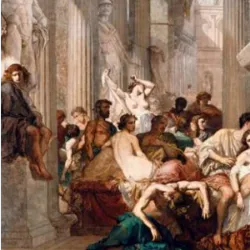
The Fall of the Roman Empire in 476 AD is one of the most significant milestones in history, representing the end of Antiquity and the beginning of the Middle Ages. The Empire, which once controlled vast areas of Europe, North Africa and Western Asia, declined due to a combination of factors that weakened its structure.
Internally, the empire faced political instability, with frequent changes ..know more

Yoga, a practice originating in ancient India, has been gaining followers worldwide, recognized not only as a physical exercise but also as a complete philosophy of life. Rooted in the Vedas and Upanishads and structured in the Yoga Sutras, the term “yoga” means union, reflecting the integration of body, mind, and spirit. The main goal of the practice is to promote physical, mental, and spiritual balance, ..know more
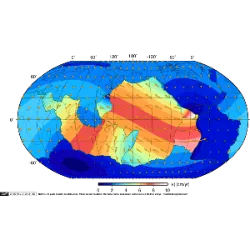
Tectonic plates are large blocks that make up Earth’s surface and move slowly over the mantle. Their collisions, separations, and sliding motions explain earthquakes, volcanoes, and the formation of mountain ranges. When one plate sinks beneath another, the material heats up and can generate volcanoes, which release magma, gases, and ash. The intensity of eruptions depends on magma composition and ..know more

The long-awaited 5th season of Stranger Things, which will mark the end of the series, already has a confirmed date and promises an epic conclusion. Netflix has announced that it will feature eight episodes, released in three parts. This final season takes place in the fall of 1987, with a time jump from the events of season 4. Hawkins is under military quarantine, Eleven must stay hidden, and the ..know more
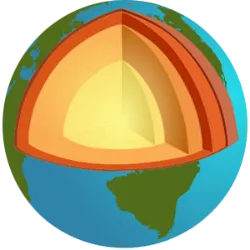
The Earth is composed of several layers that differ in composition, temperature, and physical properties. At the core, located at the center of the planet, there are two parts: the inner core, solid and primarily made of iron and nickel, and the outer core, liquid, responsible for generating Earth’s magnetic field. Above the core lies the mantle, a thick layer of hot and semi-solid rocks that move ..know more
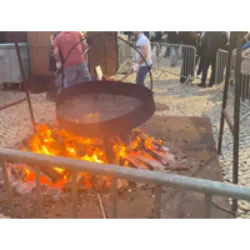
Magusto is a festival between October and November, associated with dates such as Saint Simon's Day, All Saints' Day and Saint Martin's Day. It is celebrated around bonfires, roasting chestnuts with jeropiga, açaí or new wine. The brave jump over the bonfire, and "filling" it with ashes is part of the tradition. Despite the rain in autumn, "Saint Martin's summer" brings sunshine. ..know more

Yoga has emerged not only as a physical practice but as a complete lifestyle, integrating mindful eating, proper sleep, and healthy habits. More than exercise, its techniques encourage mindfulness, self-care, and emotional balance, promoting overall well-being in modern life. The practice can be adapted for different groups, including children, seniors, pregnant women, and people with disabilities, ..know more

The clash between Flamengo and Palmeiras has become one of the most compelling matchups in recent Libertadores history. Flamengo brings its explosive attack, star-studded squad, and a fan base that treats every decisive match as destiny. Palmeiras counters with tactical discipline, competitive consistency, and the experience earned from deep tournament runs. The final in Lima adds another layer of ..know more
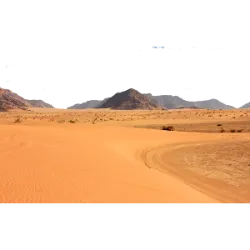
Deserts are natural formations characterized by low rainfall (generally less than 250 mm/year), high temperature variation, and scarce vegetation. However, despite seeming static and inhospitable, they are also the result of the production of geographic space—that is, of the interaction between society and nature.
The production of space in deserts involves activities such as irrigated agriculture, ..know more
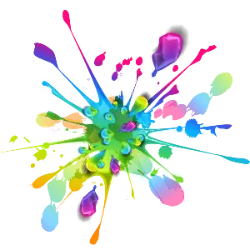
Transition metal complex compounds have been attracting attention in the field of chemistry due to their varied structures and intense colors. These materials are formed when a transition metal binds to different molecules or ions called ligands, creating geometric arrangements such as octahedral, tetrahedral, or square-planar shapes. Each type of geometry directly influences the chemical behavior ..know more

To choose the perfect beer, try different styles and brands, take food pairings into account and consider flavors, acidity and alcohol content. For example, for pasta, choose Dark Lager, Strong Ale or Pilsner, while for barbecue, opt for Pilsner, Stout or Brown Ale. Seafood pairs well with English Pale Ale, Amber Ale, Hefeweizen and Witbier, and for desserts, choose Stout, Porter or Fruit Lambic. Cheeses can be paired with a variety of beers, but dark beers like porter and stout generally work well. If it is vegetarian food, Pilsner is a good choice due to the variety of vegetarian ingredients.
On the Syndicato blog ..know more